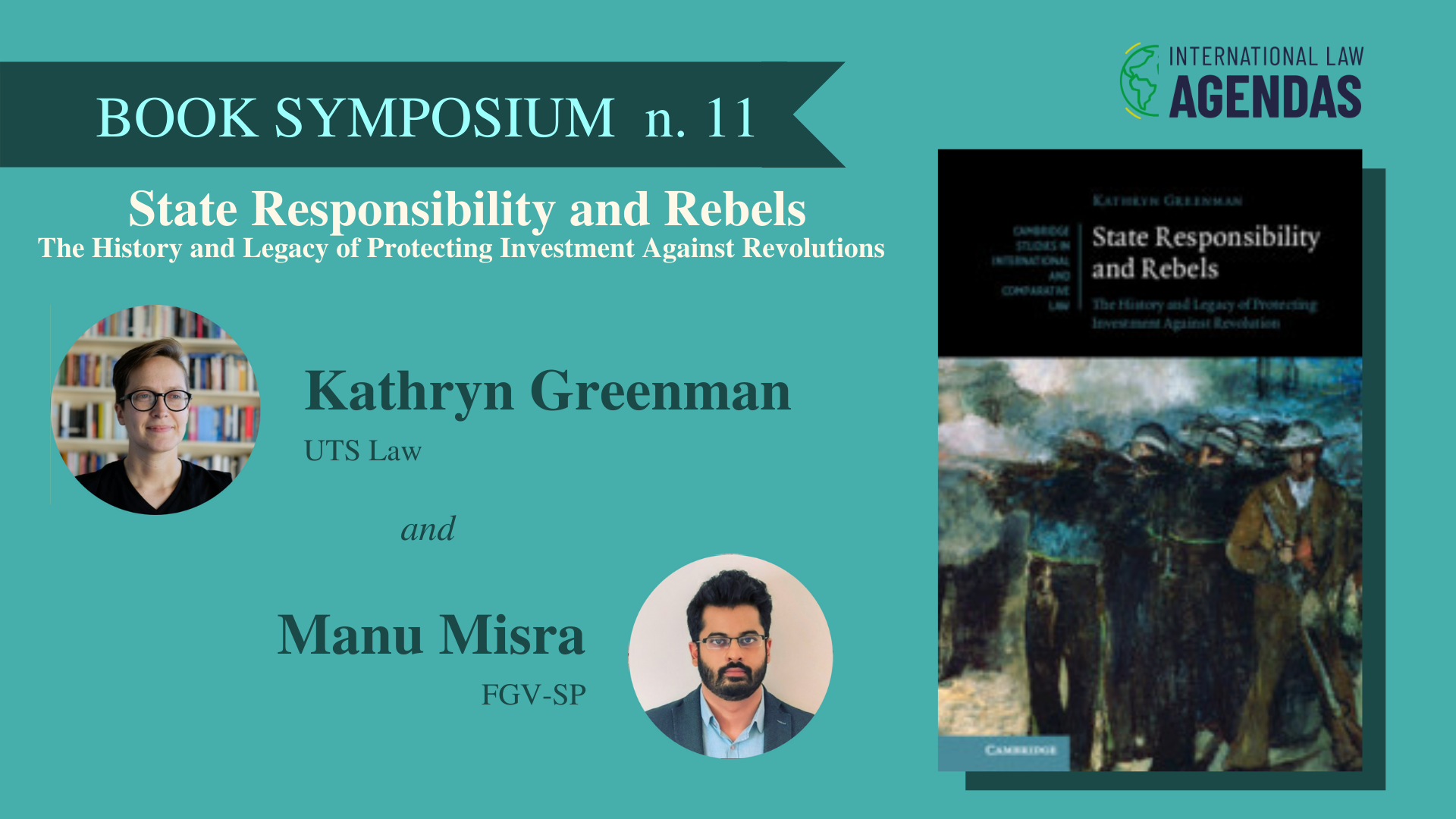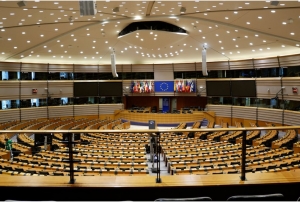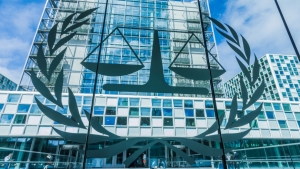Pulling back the curtain on the murky history of international law (IL) and its influential figures has been a cause taken on devotedly by critical IL scholars adopting a TWAIL approach, with much deserved success to show for it. By setting the record straight on IL’s relations with, indeed origins in, colonial and imperial history, their work illuminates not just a vital context for present-day research on the politics of IL but also serves to dignify and represent those who are often at the losing end of IL’s equation i.e. ordinary residents of the global south.
A new book by Dr. Kathryn Greenman does just that within the context of state responsibility for harm caused to foreign nationals by ‘rebels’, which the author places in a context of decolonisation followed by capitalist-imperialist expansion for which foreign investment was a conduit and meant to be protected by ‘disruptive’ events such as revolutions and civil wars.
The book spells out two tasks for itself. The first, recounting the history of such state responsibility and tracing it up to its modern appearance in ILC articles & investor-state arbitral awards, covers the vast majority of the book and is set across four of the six chapters. Greenman’s main contention, that the work of the commissions that resolved these disputes had implications much beyond the immediate cases and was ultimately a form of political intervention that served to provide a ‘guise of legality’ and insulate an economic order led by the imperial ambitions of former colonial states, may be unsurprising, even intuitive, for TWAIL scholars. For those outside of or unfamiliar with the movement, however, this may be revelatory as it betrays the conventional image of international arbitration emerging from peace and built on voluntary equal consensus, especially knowing, as Greenman lays out in detail, that these commissions at times were established under coercion and threat of force.
Once the reader is aware of the role of power and coercion in bringing about consent to arbitration of Latin American states at the time and, as Greenman describes, in taking out the question of who assumed the risk of harm by rebels outside the scope of national authority, a glaring sense of injustice is unavoidable, regardless of whether some of the results of the disputes were in favour of the host state or of the level of procedural fairness the commissions actually followed. This sense then also renders tainted the awards issued by the commissions and makes it, at best, uncomfortable (at worst, infuriating) to observe them being invoked more than a century later in modern investment arbitration to hold states liable. Again, that is true regardless of how sound the legal reasonings employed by modern tribunals may have been, or how beneficial and voluntarily entered into the underlying investment treaties are.
However, that coercion at times imposed international arbitration is only one of several notable points established by the book which includes, for example, how the due diligence standard in the practice of the commissions ultimately led to what Greenman calls a ‘two-tier system’ that afforded differential treatment to imperial powers and disadvantaged southern states, how the ensuing scholarly debate between the opposing camps of Latin American and Western scholars was focused not so much on the rule of state responsibility itself but on how narrow or wide the exceptions to that rule should be, or how, when compared to modern investment tribunals, the historical commissions were actually more lenient and relatively deferential to the subjective circumstances and abilities of host states in determining liability.
The book undertakes its second task concerning the implications of this history for contemporary IL in the last chapter, which starts off recapping the story so far until 1930 at which point things, as the author notes, ‘go quiet’ on this point of law. Focus later shifts to the broader, critical story of international investment law (IIL)’s early years latter half of the 20th century, discussing the NIEO and failed attempts to multilaterally codify investment rules on one hand, while on the other, the rise in BITs led by US practice, along with the emergence of the World Bank and the ICSID. Expectedly (and understandably), the works cited for a contextual background are almost entirely from critical or TWAIL scholars. That said, the discussion clearly illuminates an important structural disparity in power and resources along geographical lines which unduly influenced the vague and one-sided nature of the rules agreed upon bilaterally.
While not as severe as threat of force and coercion observed in history, a sense of unfairness is self-evident here too, one that provides a suitable background for Greenman’s own subsequent analysis. So, when the chapter delves into specific investment arbitration awards from the 1990s and early 2000s, pointing to where and how their tribunals dealt with such state responsibility and interpreted the reasonings of the historical cases to generally favour an ‘objective, international standard’ (as opposed to a subjective, national one) that held states liable – that observation then has a stronger impact.
This is still fair play and not a criticism per se. The methodology section is forthright and clear on the author’s literary choices and vision of which scholarship stream the book intends to join. This also makes it perfectly valid for it to then call for a ‘critical intervention’ of the present to redescribe the state of IL today based on an understanding of history and then, even to repeat near-verbatim in the modern context the same conclusion it arrived at in the previous chapters on history, finally declaring that contemporary IL is ‘continuing the tradition’ that began with the commissions in the 19th century by insulating economic order against revolution and civil war. The latter statement is indeed factual to the extent that modern investor-state tribunals have, as Greenman shows, ruled against states often and interpreted historical cases to do so.
It is nonetheless a caveat for readers that, as with all projects with a specific and headstrong political stance, of whichever dispensation, while for insiders it may highlight the truth worth knowing most (if not the only truth worth knowing), for outsiders and even fellow travellers it may feel less like a lens and more a pair of blinkers.
This is more so the case given two further issues along similar lines:
First, the book explicitly avoids any contemporary debate on the distinction between (while using interchangeably) alternative terms for the same key actor causing the harm to ‘alien’ property i.e., rebel vs non-state armed actor (with terrorist also eventually appearing) hence bracketing together 18th and 19th century actors in postcolonial Latin America with late 20th and 21st century actors in the Middle East and South Asia. While the author does admit the potential overlap between such terms, for an otherwise politically conscious work, avoiding this discussion, messy as it may be, seems convenient & one-sided, limiting itself on how far the intended intervention can go.
Secondly, the author acknowledges that change has occurred but does not explore any qualitative differences appearing in the recent past as to the nature of the constituting elements of its closing statement i.e., present economic order (its players, rules, geographical lines etc.), today’s decolonised world and the south’s own economic diplomacy.
And yet, intentionally or not, the ending invokes the same normative emotion and moral judgement towards the present as it concluded in the historical context. This might be pleasing to those who subscribe to the ideologically-driven notion of participating in a self-righteous historical struggle and battling what effectively is a perpetual enemy, but for international lawyers who have not bought-in to this (admittedly seductive) rhetoric for present-day IL and while still not accepting the status quo, also observe more shades of grey around themselves today (in the global south and in the world broadly), this invocation combined with the omittances may feel a tad distortive and relatively underwhelming.
The above is merely a personal reflection and does not detract from the technical sophistication of the book and the intellectual value of its main arguments in themselves. Greenman’s writing is methodical, succinct, with tightly wound paragraphs and, where required, with thick descriptions that are consistently supported by a rich set of footnotes. Given the complexity of the challenge the book undertakes, the author deserves credit for maintaining style and quality of writing alone. Readers will not only gain a comprehensive historical account of the state responsibility for harm caused to foreign nationals by rebels (of, as the author describes, the system, cases, scholarship, and the codification) but also a good introduction to and reading suggestions for the broader ‘turn to history’ that IL scholarship has experienced, both generally and in the context of IIL.
The book is highly recommendable to not just those interested in the global south or TWAIL, but also enthusiasts of IL more generally. It will no doubt inspire students to think more critically and force readers to question the often-whitewashed image of IL and in turn, their own worldview towards it. However, caveat emptor. Brilliantly done as it can be, if history is recounted with a strong enough dose of ideology, unavoidable as it is and of whichever dispensation, no matter how many blind spots history fixes, it stands the risk of inducing some of its own.






